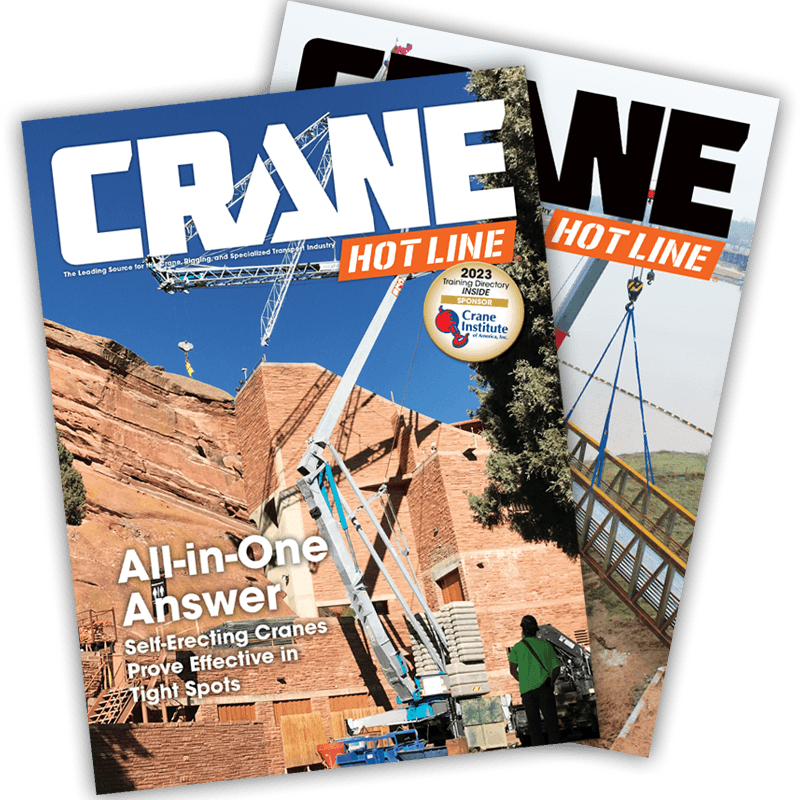Letter to the Editor
Dear Editor,
The article by Tim Whiteman, managing director of IPAF, addresses the issue of the word "fall" protection in aerial lifts.
In the OSHA regulations, fall protection is a system or means of preventing workers from falling to lower levels from specified elevations (6, 15 and 30 feet). Unfortunately, employers and the industry do not provide proper training to properly define the types of fall protection. Fall protection can include guardrails, handrails, barricades to keep individuals away from an unprotected deck edge, safety nets, fall arrest equipment, work positioning equipment and fall restraint equipment.
For many years I have been advocating the use of fall restraint in aerial lifts. This is a system that allows the worker to move around the work platform but not fall over the guardrails. The lanyard or restraining device should be short enough to allow movement in the platform but not allow the workers in the platform to fall over the guardrails and below the floor of the platform.
In the April 2007 Lift and Access magazine (page 45), an advertisement for Safe Access, Fall Protection and Training at the SIA Convention, there is a picture of an individual hanging below the work platform of an aerial lift, suspended by a harness and lanyard. The picture first appeared in the SIA monthly magazine. There was no explanation in the SIA magazine to inform people if the fall protection system shown in the photograph was proper or improper.
I contacted several manufacturers of aerial lifts after seeing the picture of the worker handing from the aerial lift platform. One manufacturer informed me that its anchorages can support 5,000 pounds as required by the OSHA regulations for a fall arrest anchorage. When asked about rescue of the worker, the manufacturer stated that it is the responsibility of the employer to provide for rescue. I asked if a person falls, and his fall is arrested, is it acceptable to continue to use the aerial lift after the person is rescued? My contact indicated that the aerial lift should be taken out of service and inspected by a qualified person (manufacturer's representative or mechanic) to ensure that the aerial lift's hydraulic and operating systems have not been damaged. There is nothing in any of the aerial lift manufacturer's manuals or the ANSI A92.5 requirements requiring inspection of the aerial lift after a person has fallen out of the lift and his fall has been arrested.
OSHA, ANSI and the manufacturers of aerial lifts need to provide better detailed information on what constitutes acceptable "fall protection" in an aerial lift. Changing the language to "fall prevention" and defining acceptable methods of keeping the workers in the work platforms would be a start. Requiring qualified training for individuals who use aerial lifts (like the IPAF and AWPT programs) would definitely be a plus.
Training, education, certification and continuing evaluation will definitely help to keep workers safe and reduce aerial lift accidents.
J. Robert Harrell
Safety Management Services


